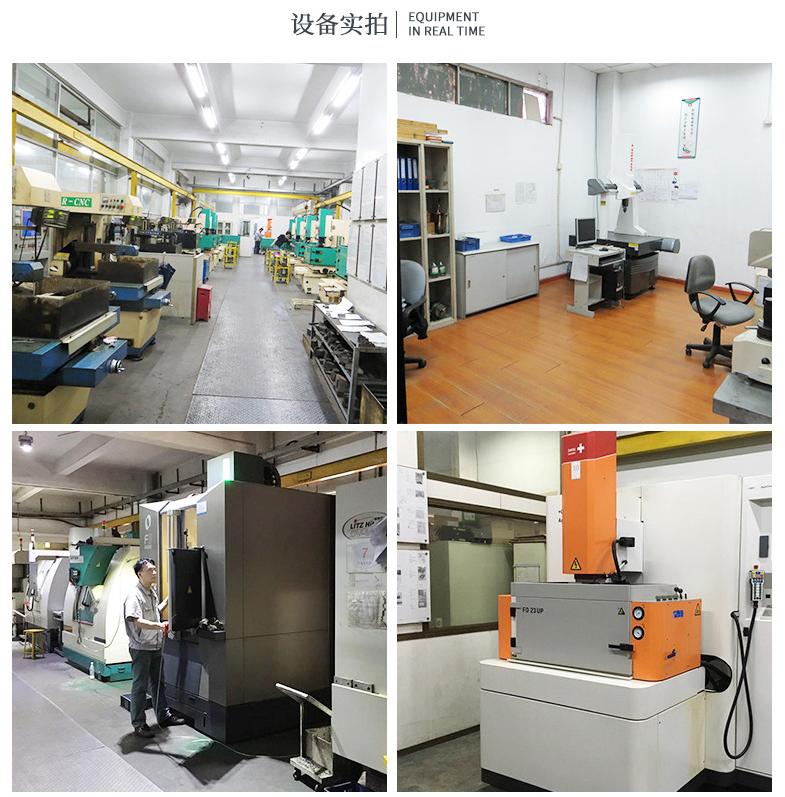Injection molding materials are ABS acrylonitrile-butadiene-styrene copolymer, PA6 polyamide 6 or nylon 6, PA66 polyamide 66 or nylon 66, PBT polybutylene terephthalate, PEI polyether, PMMA polymethyl methacrylate, etc.
Additional Information. Injection molding is a method of producing molds for industrial products. Products are typically molded using rubber injection molding and plastic injection molding. Injection molding can also be divided into injection molding and die casting. An injection molding machine (referred to as an injection molding machine or injection molding machine) is the main molding equipment that uses plastic molding molds to make thermoplastic or thermosetting plastics into plastic products of various shapes. Injection molding is achieved through injection molding machines and molds. Main types. 1. Rubber injection molding. Rubber injection molding is a production method in which rubber is injected directly from the barrel into the model for vulcanization. The advantages of rubber injection molding are: short molding cycle, high production efficiency, elimination of the billet making process, low labor intensity and good product quality, although it is an intermittent operation. 2. Plastic injection molding. Plastic injection molding is a method of plastic products. The molten plastic is injected into the mold of plastic products by pressure, and the desired plastic parts are obtained by cooling and molding. There are mechanical injection molding machines specifically designed to perform injection molding. The most commonly used plastics are polyethylene, polypropylene, ABS, PA, polystyrene, etc. 3. Forming and injection molding. The resulting shape is often the final product and requires no other processing prior to installation or use as a final product. Many details, such as bosses, ribs, and threads, can be formed in a single injection molding operation.
Post time: Jul-21-2022

